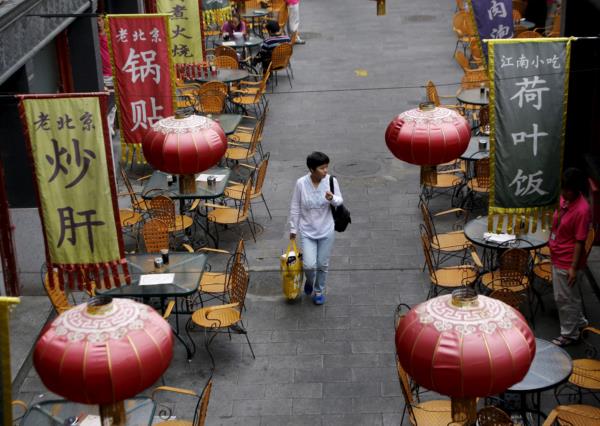
In the vast realm of economics, there exists an intricate web of policies and strategies aimed at navigating the turbulent waters of growth. One such country grappling with this conundrum is China, a nation that teems with potential and strategic prowess. However, in recent times, the dragon's tale appears to have taken a twist, as the Middle Kingdom has found itself tangled in a policy dilemma that is as perplexing as it is fascinating: is boosting credit deflationary?
Now, before delving into the heart of this tantalizing quandary, let's take a step back and understand the context. China's economy has been a force to be reckoned with, propelling the nation to unprecedented heights over the years. However, beneath the gleaming skyscrapers and bustling cities, there are underlying challenges that require careful consideration.
In a bid to fuel growth and maintain economic stability, the Chinese government has resorted to encouraging credit expansion. This approach involves providing easier access to credit for businesses, entrepreneurs, and individuals. On the surface, this seems like a sensible maneuver to invigorate economic activity and drive consumption. However, as with any complex system, there are unintended consequences that rear their heads at unexpected times.
One of the primary concerns in China is the risk of deflation. Deflation occurs when prices of goods and services decrease over an extended period, leading to a reduction in consumer spending and business investment. While a drop in prices may sound appealing at first glance, the reality is that deflation can be an economic nightmare. It squeezes profit margins for businesses, increases the real value of debt, and dampens investment appetite.
So, how does boosting credit potentially contribute to this deflationary predicament? Well, it all boils down to the vicious cycle that arises when a credit bubble bursts. When credit is freely available and interest rates are low, businesses and individuals tend to borrow and spend, fueling economic growth. This creates a surge in demand and a subsequent rise in prices. However, as debt levels accumulate, there inevitably comes a point where servicing the debt becomes burdensome. This prompts a tightening of credit conditions, leading to reduced spending and investment. And thus, the vicious cycle begins.
China finds itself in this precarious situation. As credit expansion has been a key driver of economic growth in recent years, any significant contraction in lending could destabilize the economy and potentially trigger a deflationary spiral. This dilemma places policymakers in a delicate balancing act, as they strive to maintain sustainable growth while avoiding a potentially damaging credit crunch.
One potential solution is to slowly taper credit growth and manage the transition towards a more balanced economy. By gradually reducing the reliance on credit-fueled growth, policymakers can mitigate the risks associated with a sudden contraction. Simultaneously, efforts can be directed towards improving productivity, supporting innovation, and enhancing the quality of economic development.
It's worth noting that navigating this terrain is no easy feat. Striking the right balance is akin to traversing an economic tightrope, as missteps can have far-reaching consequences. However, if done with prudence and precision, China may find itself on a path towards sustained and inclusive growth.
So, the question remains: is boosting credit deflationary for China? It is unquestionably a conundrum that policymakers grapple with. But, perhaps, the real answer lies in finding an equilibrium—a delicate equilibrium that maximizes the benefits of credit expansion while avoiding the destabilizing pitfalls of deflation. Only time will tell how China ultimately treads this treacherous path.







